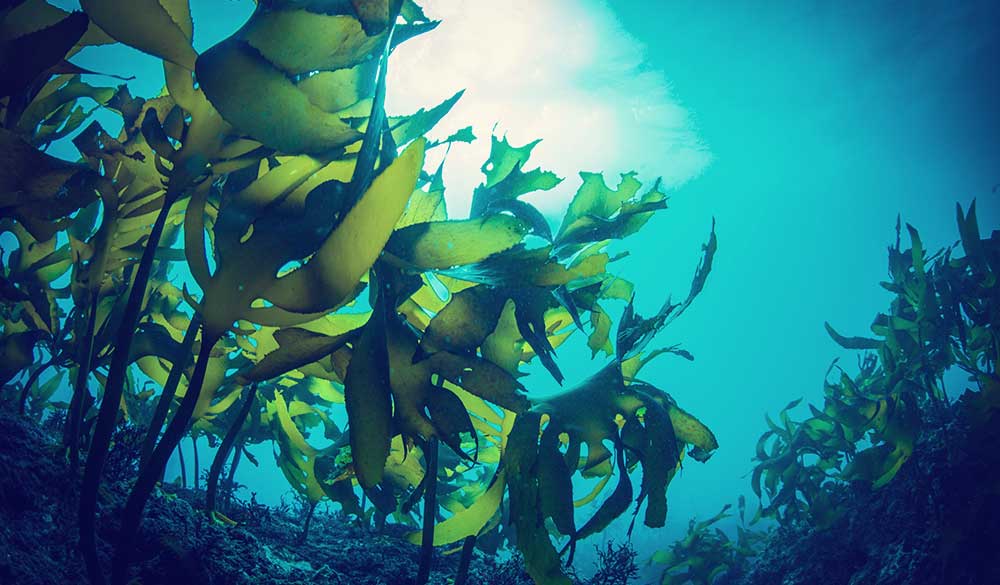Incidence of skin cancer still continues, despite public health campaigns advising lower exposure. Such campaigns recommend shade seeking, avoidance of sun exposure during peak times, use of clothing and application of sunscreens.[1,2]
Sunscreens contain inorganic or organic compounds called ‘filters’. These filters scatter and/or absorb ultra-violet radiation (UVR), resulting in reduced photo-ageing and keratoses. Despite these benefits, there are both ecological and human health concerns with sunscreens.
Synthetic UVR filters are non-biodegradable, effect algal and phytoplankton growth, damage coral reef ecosystems and are lipophilic, accumulating in tissues of dolphins, birds and fish. Some filters are endocrine disruptors and have been shown to be oestrogenic and anti-androgenic, effecting the secondary sex characteristics of male fish. In humans, filters may cause systemic accumulation, inflammation and hypersensitivity.[1,3]
Micosporine-like amino acids (MAAs) are natural compounds produced by shallow-water marine species. MAAs have the ability to absorb UVR light as a protective mechanism in habitats when exposure is high. Palythine, a photostable MAA, has been recently assessed for its ability to offer protection against UVR in relation to relevant markers in photo-ageing and skin cancer.[1]
In a study, human keratinocyte cells (HaCat) were used to evaluate the action of palythine in relation to oxidative stress, changes in gene expression, DNA damage and cell viability. Palythine showed statistically significant protection against all criteria and was also shown to be a strong antioxidant, reducing oxidative stress even when applied post exposure.[1]
There is increasing concern regarding the eco-toxicity of synthetic sunscreen filters.[3] Palythine has been shown to be extremely photostable and photo-protective. Further studies are needed to support the mechanisms of MAAs in vivo.[1]
Further evidence is necessary for MAAs to be developed as a photo-protective option for the public, but evidence does show promise for safe alternatives to the current synthetic filters.
Practitioners can be mindful of the use of sunscreens and synthetic filters, discussing the possible hazards of these products along with current alternative options for their clients.
REFERENCES:
- Lawrence KP, Gacesa R, Long PF, et al. Molecular photoprotection of human keratinocytes in vitro by the naturally occurring mycosporine-like amino acid (MAA) palythine. British J Dermatol 2017:1-28. [Epub ahead of print] [Full Text]
- Iannacon MR, Highes MC, Green AC. Effects of sunscreen on skin cancer and photoaging. Photodermatol Photoimmunol Photomed 2014;30(2-3):55-61. [Abstract]
- Tovar-Sanchez A, Sanchez-Quiles D, Basterretxea G, et al. Sunscreen products as emerging pollutants to coastal waters. PLOS One 2013. [Full Text]
DISCLAIMER:
The information provided on FX Medicine is for educational and informational purposes only. The information provided on this site is not, nor is it intended to be, a substitute for professional advice or care. Please seek the advice of a qualified health care professional in the event something you have read here raises questions or concerns regarding your health.



